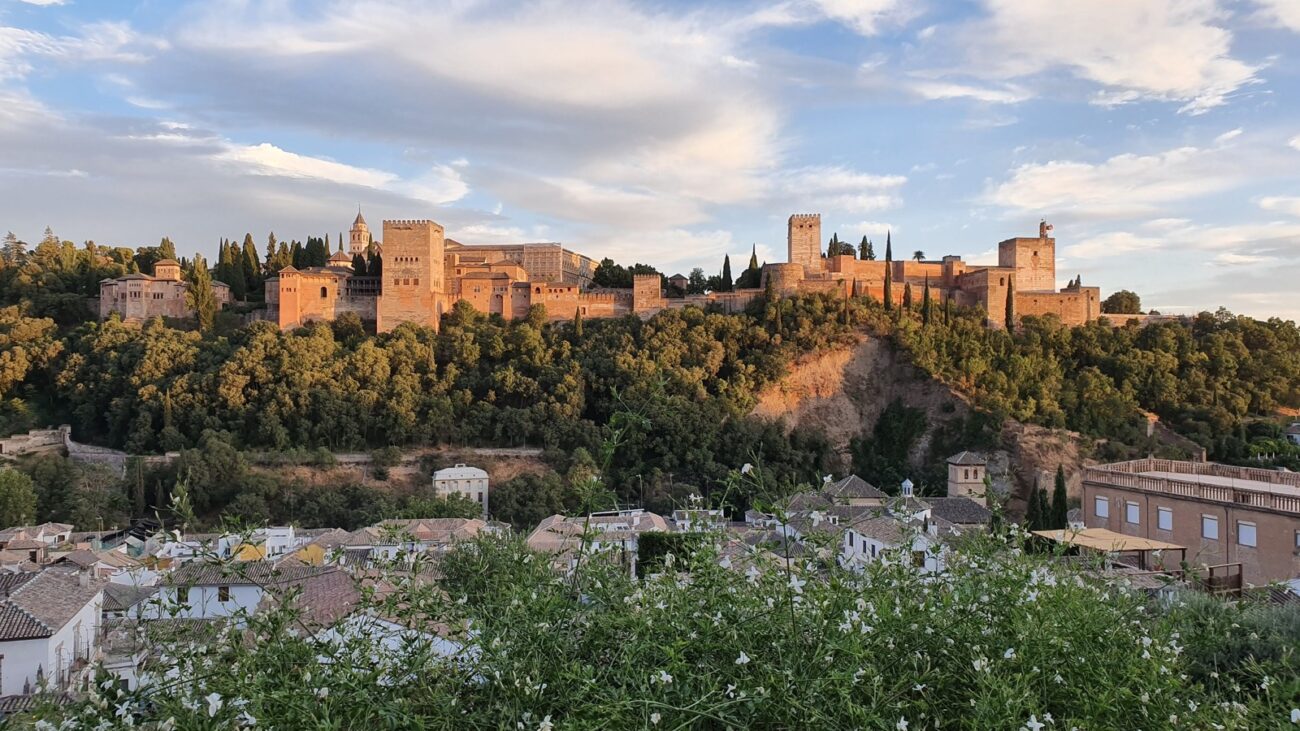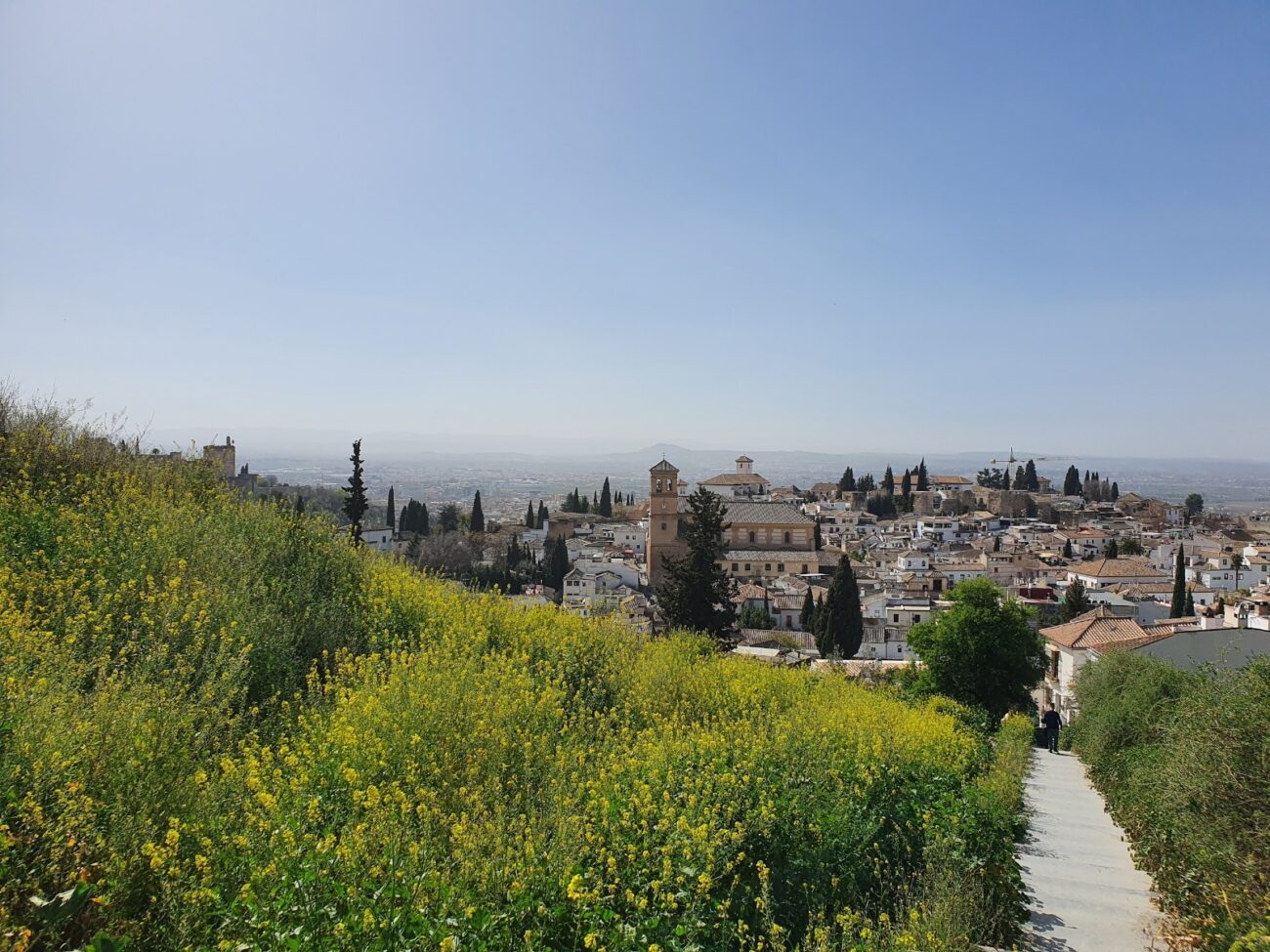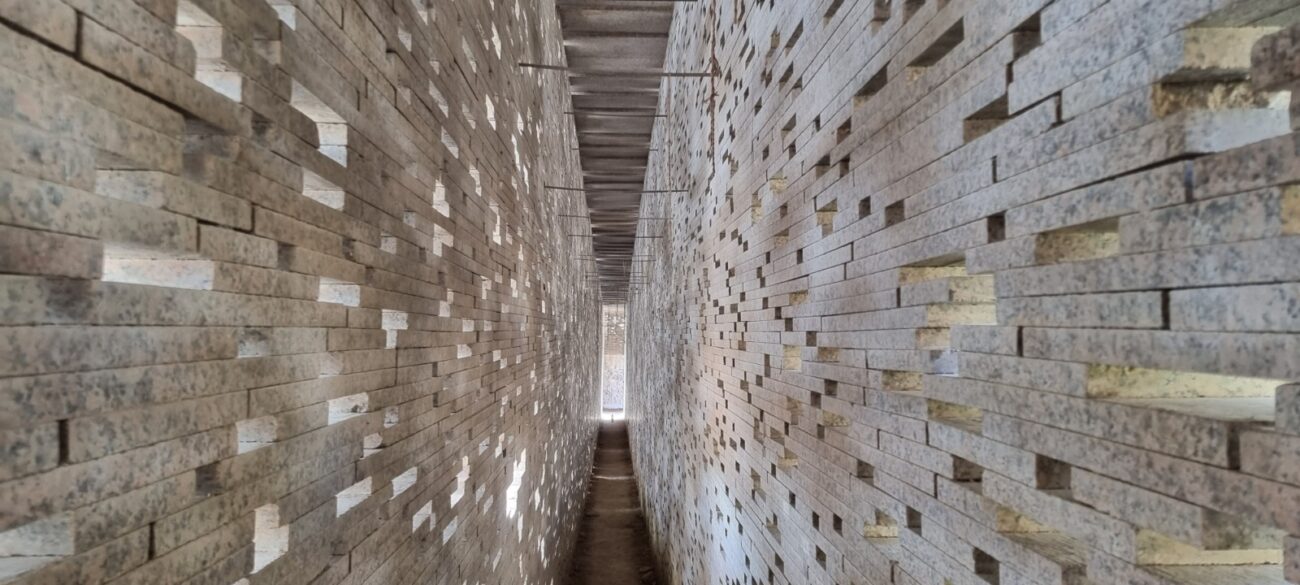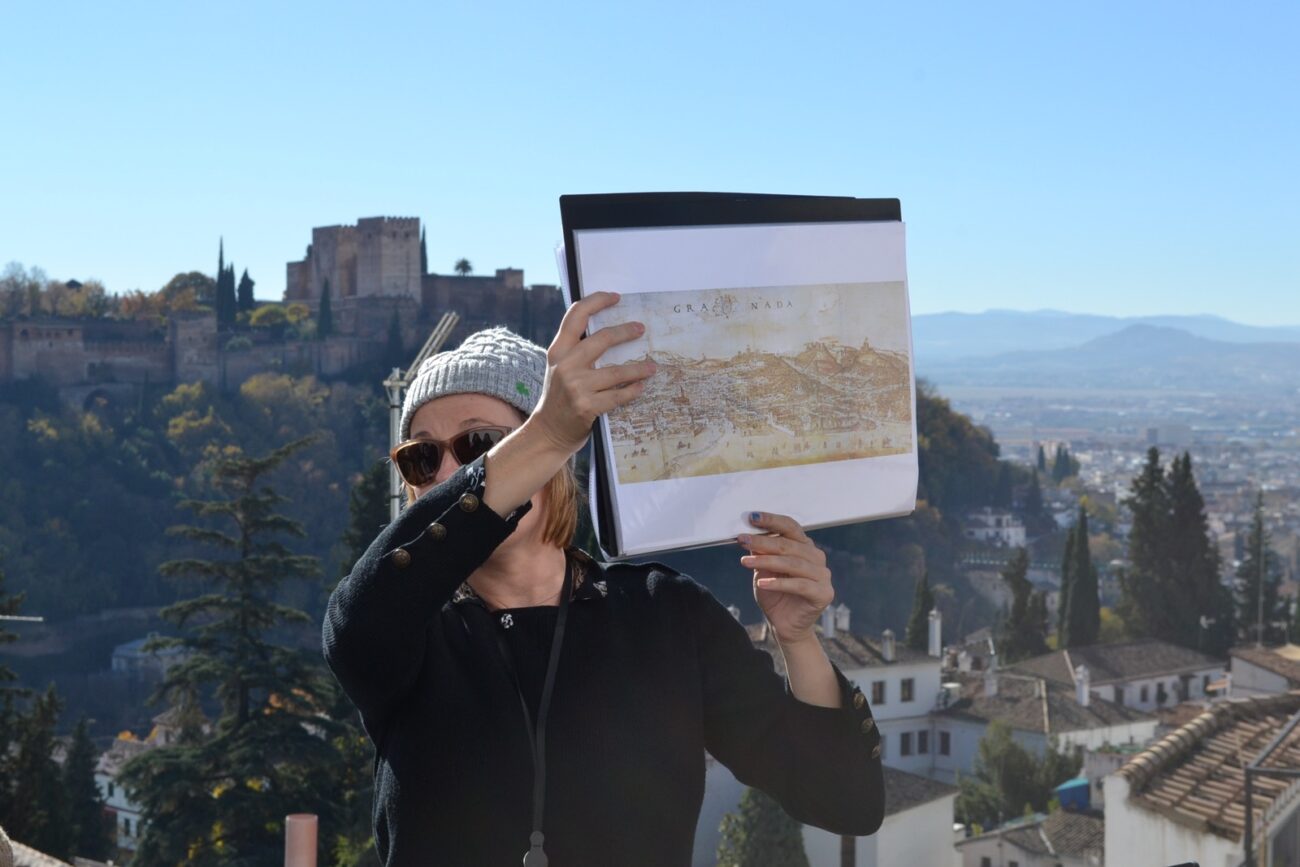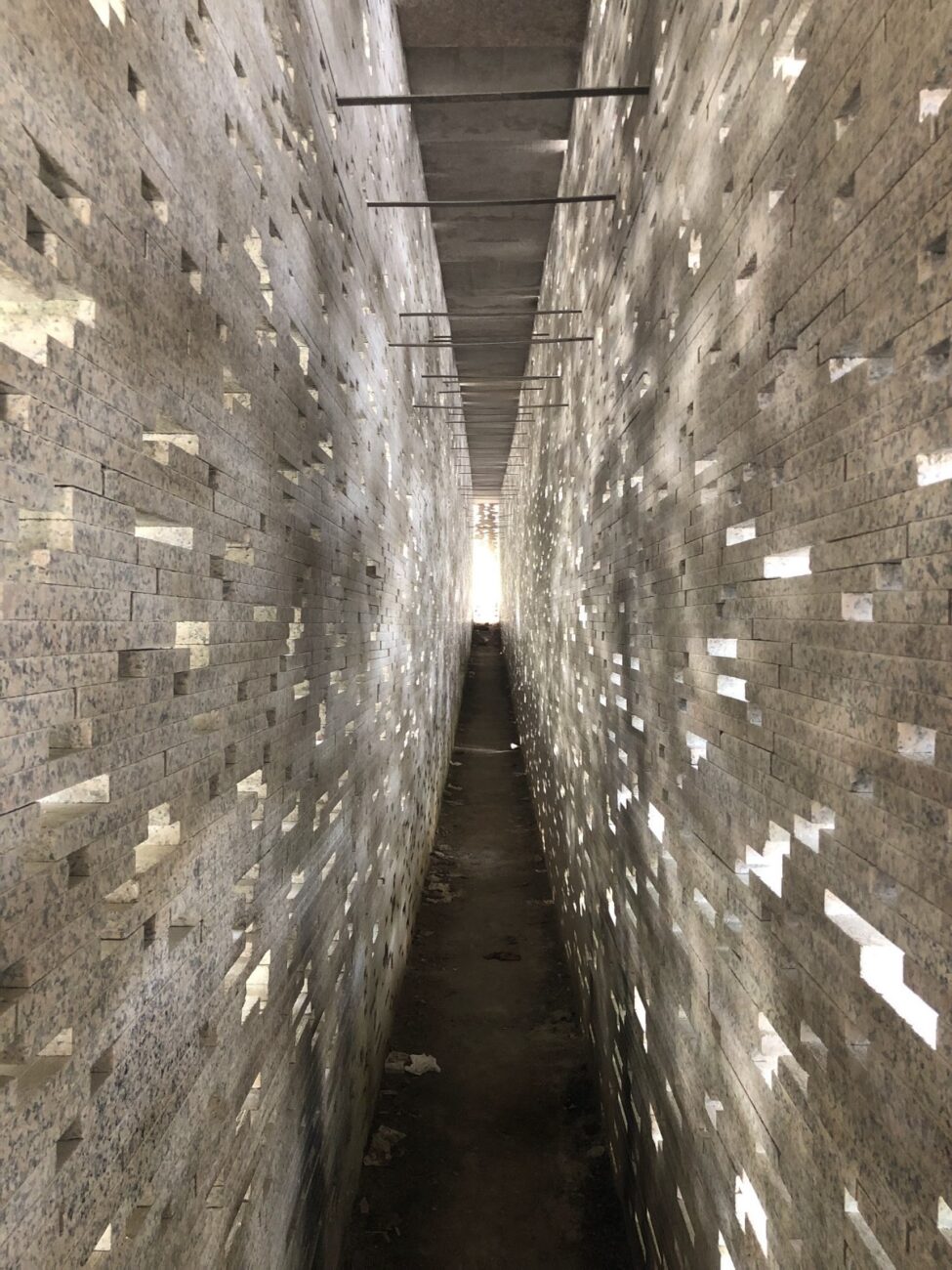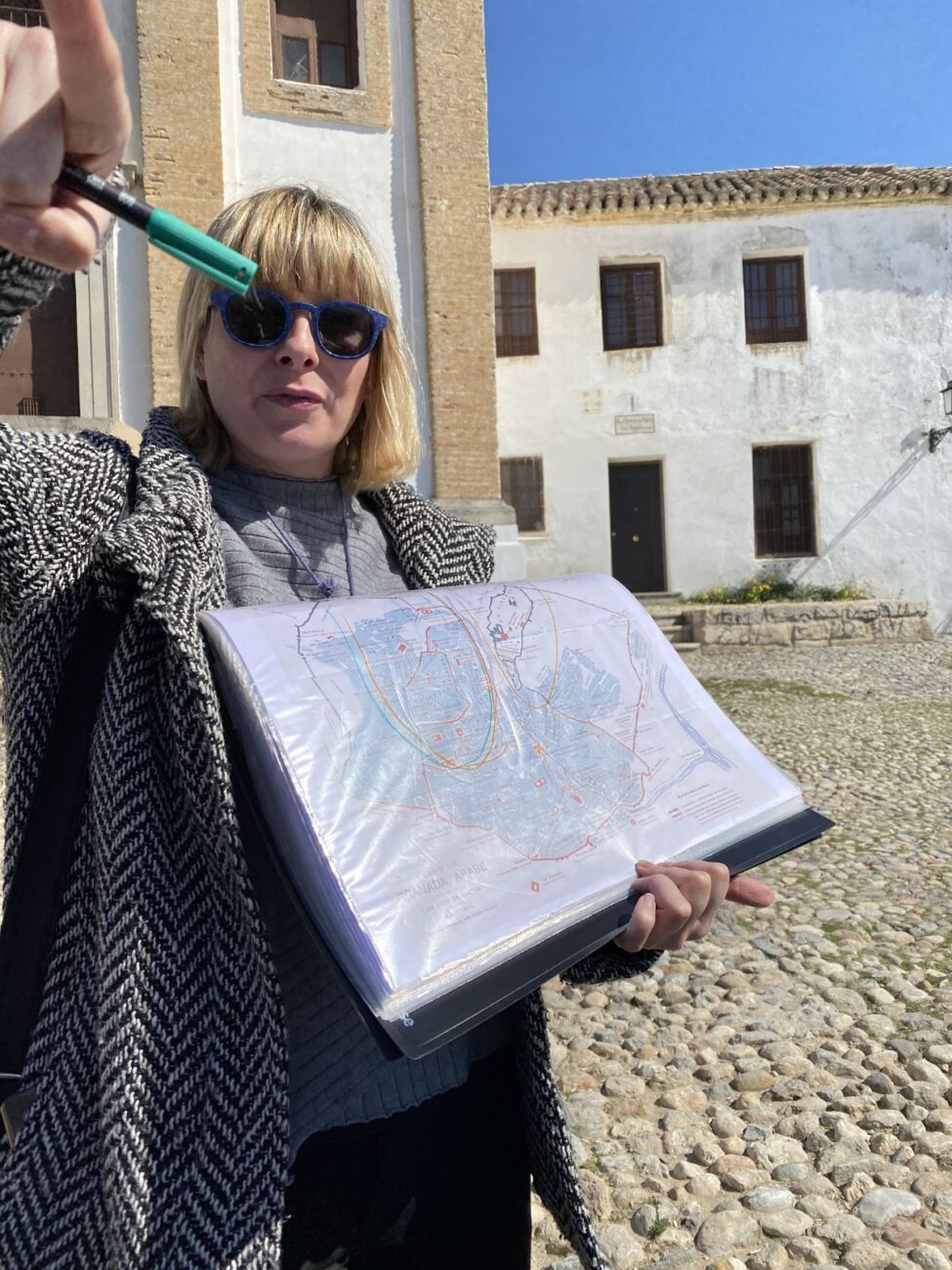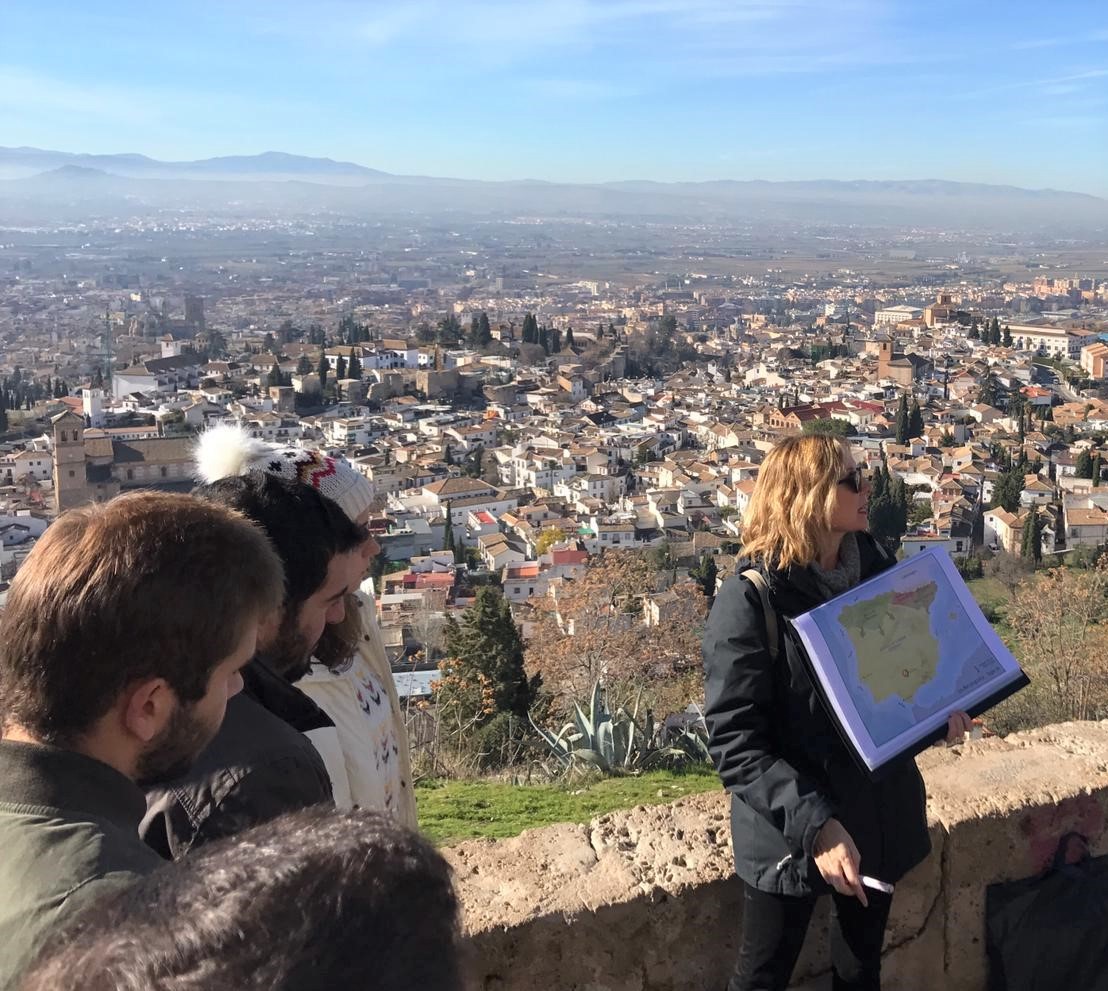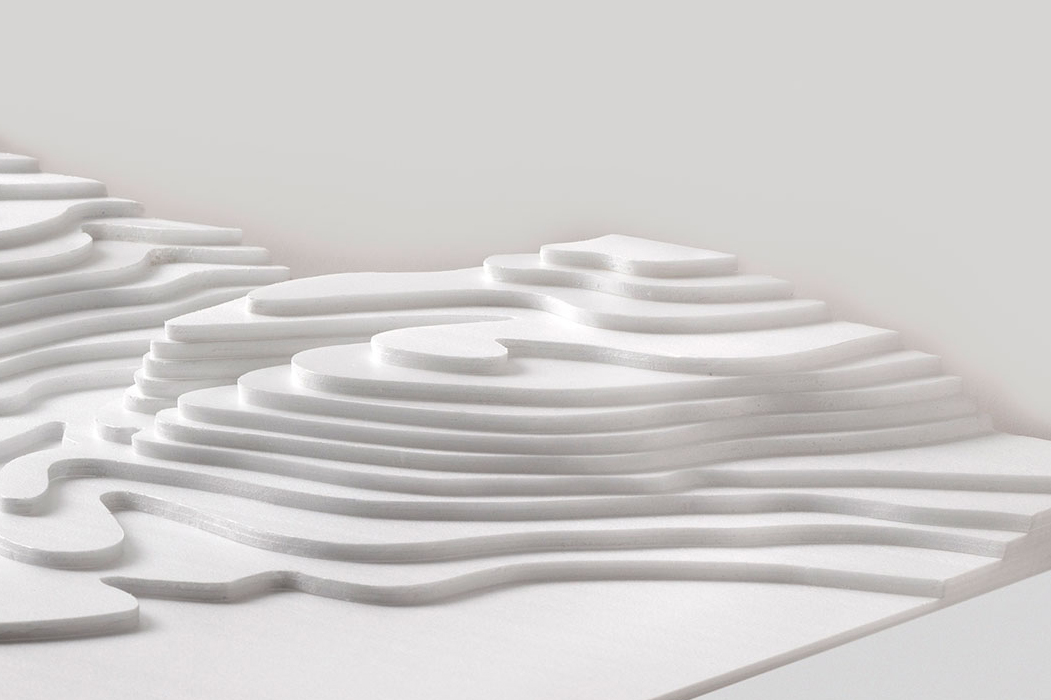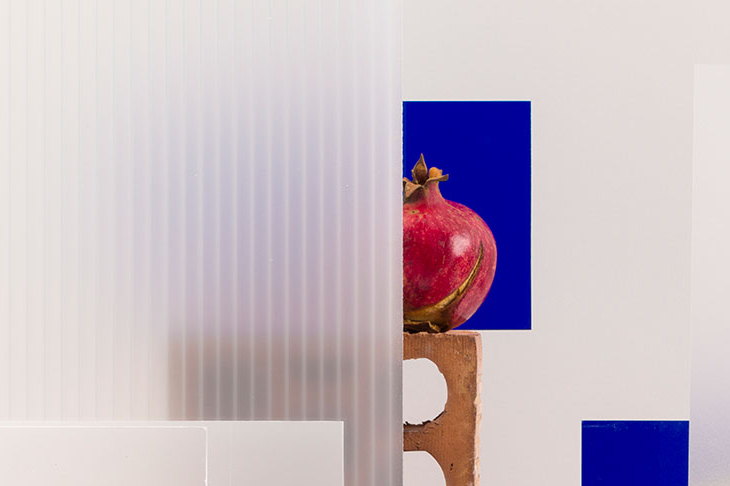TOUR – 3 hours
The Albaicín with an architect
Granada is a city built on hills, the oldest is the Albaicín one. From the highest point of the city we visit this emblematic neighbourhood, getting to know every corner traced by the water, its labyrinthine streets and its peculiar architecture. We finish at the Bañuelo, an 11th century hammam.
Book now
Granada sits on five historic hills. The key to the oldest, the Albaicín, is the adaptation of the land for agriculture and how this manipulation lays the foundations for its peculiar architecture and streets. Because its streets and buildings respond to the layout of the water, the restructuring of the slopes into terraces and other infrastructures linked to the transformation of the hill.
From the highest point of Granada we can understand its unique location, enclosed between hills, with a large fertile plain in front of it and the high mountains of the Sierra Nevada watering the city and protecting it. From here we can understand very well the relationship between Granada and its second city: the Alhambra. It is also possible to understand very well the growth of the medieval city with different walls, where the expansion took place after the conquest in 1492 and how the city was adapted to other more western criteria.
Among its streets we find the wisdom of water, its cisterns, the importance of water in the Arab culture and in particular in the Andalusian culture. We will see the features that have survived since the Middle Ages and how customs and uses were adapted. At the end of the tour we will visit the Bañuelo, an 11th century hammam where we will learn about the use of water in the Andalusian period and the use of light in this architecture.
A different way of getting to know the urban evolution of Granada and, in particular, of the Albaicín, which will provide a very different perspective and allow the visitor to appreciate and understand why this city is so unique.
The ticket to the Bañuelo, a Zirid hammam (Arab baths) from the 11th century.
The visit with an expert in Arab and Andalusi architecture who will bring graphic and photographic material, including her own PhD research drawings and plans, during the visit.
Bring along
Passport or identity card.
Comfortable and sporty shoes.
Requirements
This is an area with difficult accessibility. If you have mobility problems, please consult tour options and adaptations for your needs.
Opening hours12/22/2022 – 04/30/2023
Daily08:00 - 13:30
05/01/2023 – 06/21/2023
Daily08:00 - 11:30Daily15:00 - 17:00
06/22/2023 – 09/14/2023
Daily08:00 - 11:00
09/15/2023 – 04/30/2024
Daily08:00 - 13:30
Venue
Ermita de San Miguel Alto, Calle Patio de la Alberca, Granada, España
You can take the N9 bus to the car park of the San Miguel Alto station. The taxi drops off there very quickly.
